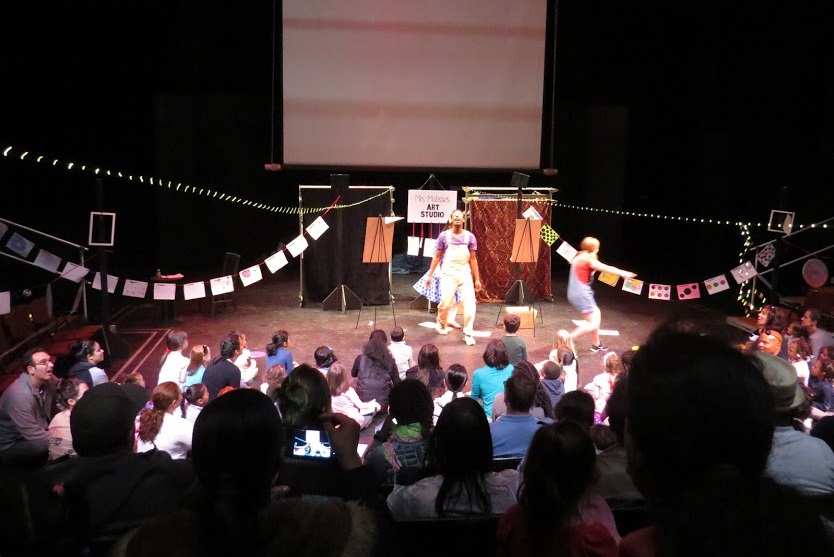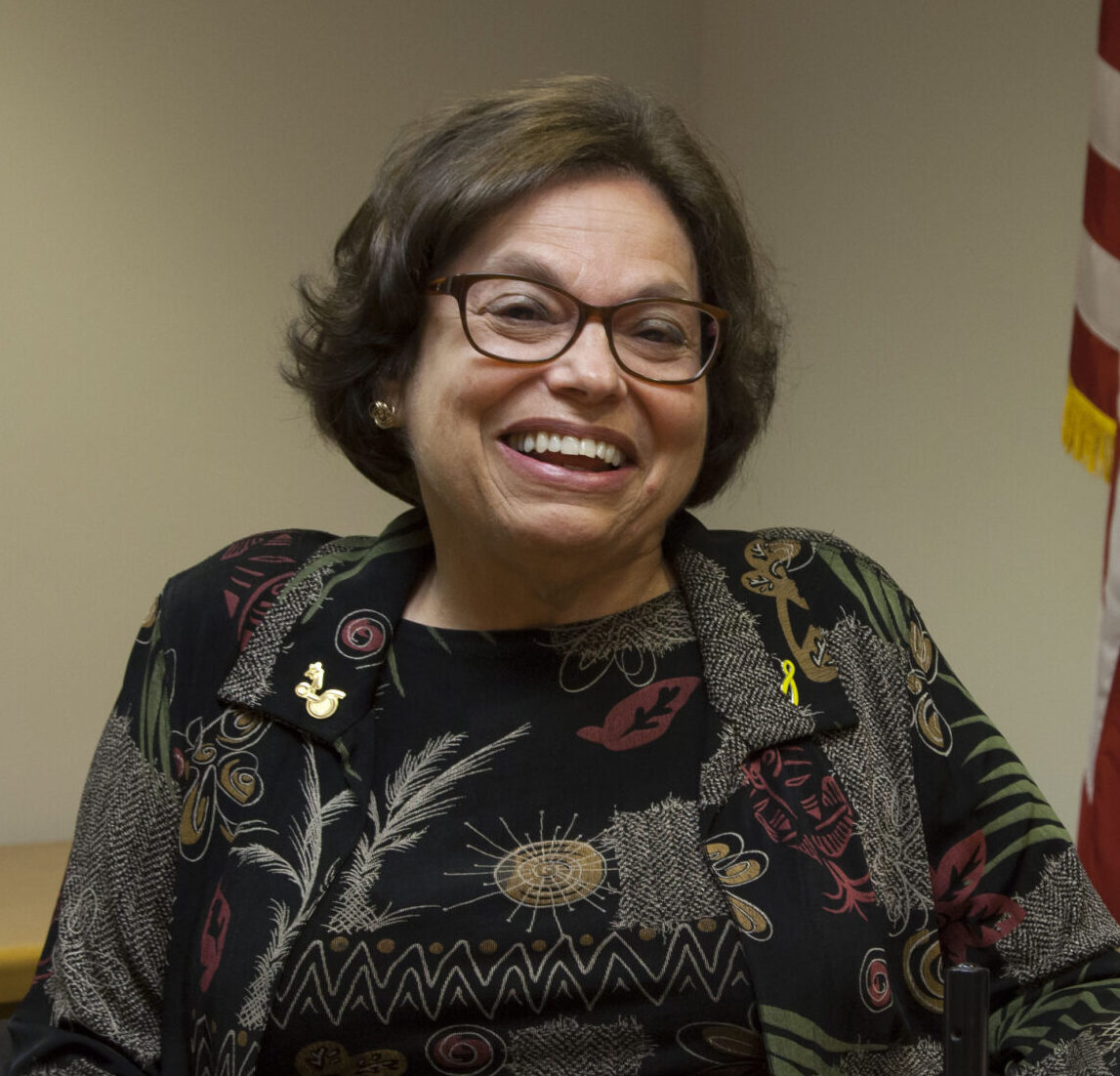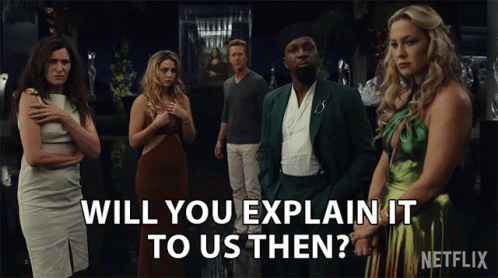
I am in alumni of The International Thespian Society Troupe #5029. I have been participating in theater since I was 5 years old and I’ve been participating in educational theater in public schools since elementary school. I am also a dramaturge and an actor and director. I’m an alumni of the Delta High School Program, in the State College Area School District. I am also the head and owner of an organization dedicated to producing community theater, and I am an amateur theater educator in the community.
As a person who has been living with cerebral palsy since birth and uses a wheelchair for mobility, and as somebody also struggles with anxiety and mental health, the impact of theater on my life cannot be overstated. Educational theater has given me opportunities that I would have never had without it. It has contributed to my social, intellectual, and emotional development, helped me to be more empathetic, enabled me to take on leadership roles, and develop skills that will be useful for the rest of my life.
The bonds that I have made in theater are extremely important to me. It has been a refuge in good times and bad, and has allowed me to truly and fully embrace being my most authentic self, even though navigating life as a person with a disability permeates every aspect of my life, and it will never be easy.Theater has led me towards a path of self acceptance, and what I’m able to contribute in a theater environment doesn’t take away from my limitations and daily challenges, but, more powerfully, the reverse is also true, and theater has inspired me to face these challenges head on, because it is an environment where my contributions are at their most meaningful.
For the reasons stated above, I am passionate about ensuring that all children have an equal opportunity to obtain a high-quality education through the distribution of targeted resources that can help close the achievement gap between minority and nonminority students, and by including enriched and accelerated educational programs in all well-rounded subject areas— including theatre. Also important is the continued improvement of buildings and infrastructure in public schools
This is vital, as I know from experience how hard it is to perform and learn in facilities that pose health and safety risks to students and staff, as I spent the majority of my middle / high school career in a facility that was not accessible in any way, and was over a hundred years old. This space was full of stairs, and had no ramps, which meant that I had to be physically carried up the stairs to perform.
Through a talented team of students, parents, family members, staff, and administrators we made it work, but we shouldn’t have had to. I tell you this not to discourage anyone or encourage guilt but to encourage change. I write here today on behalf of any disadvantaged child, but specifically children with disabilities and those who care for them. I do this because I truly and emphatically believe that I would not be who I am today without theater, and that no child should have to go through what myself, and those around me went through to share this life-changing experience.However, because my school district is so privileged, I spent the latter part of my high school career between two brand new buildings that were part of a $137 million construction project, which was a massive improvement on various fronts, including accessibility.
Even though my school district has made important efforts and steps forward to make the building more accessible and inclusive and to coordinate with people with all kinds of disabilities, it is still imperfect and has problems and barriers.This just goes to show even if a child’s school is not a historic one, like the one that I was previously in, and is very new and well-funded, that doesn’t mean that other supports and funding would not be extremely helpful and beyond important, although, for obvious reasons of course high- poverty school districts should always have priority and focus, and my experiences are not at all comparable to what other people have gone through poverty-ridden school districts, so I will not be doing so.
But, the question then becomes if I, a very privileged child from a very privileged school district experienced a multitude of challenges and trials and suffering relating to the accessibility of education and of buildings themselves, how much more will an underprivileged child and their family have to suffer and go through in an underprivileged school district to even attempt to have something resembling the well-rounded education then I have been privileged to receive.
If any of what I have written about in this post speaks to you beyond the lookout for a documentary and podcasts from now until 2024 and beyond at mollynookfilms.com. I have co-created this first chapter of a planned docuseries with my creative partner Matt Wilkinson, and I can’t wait to share it with all of you.









